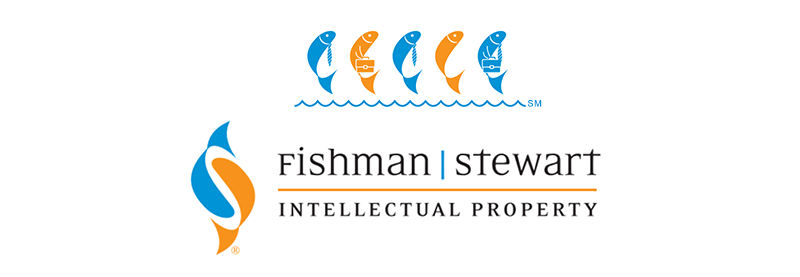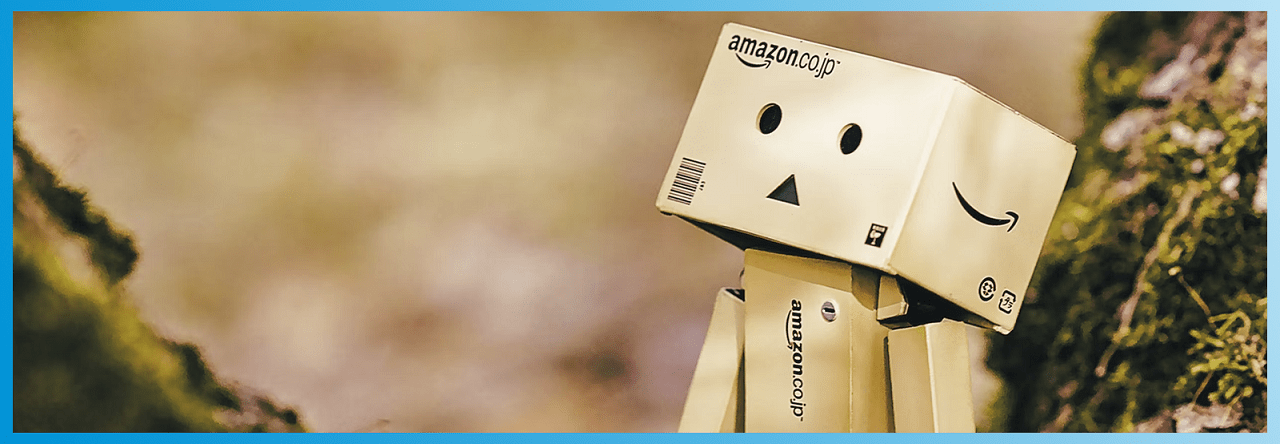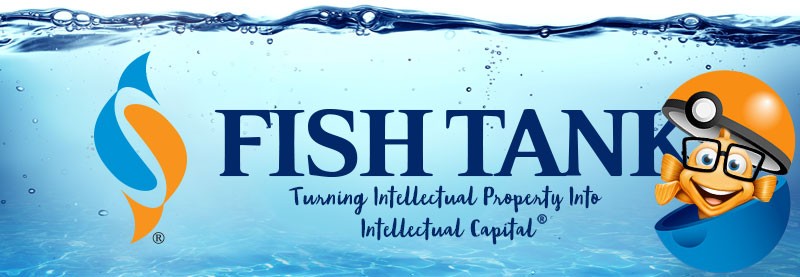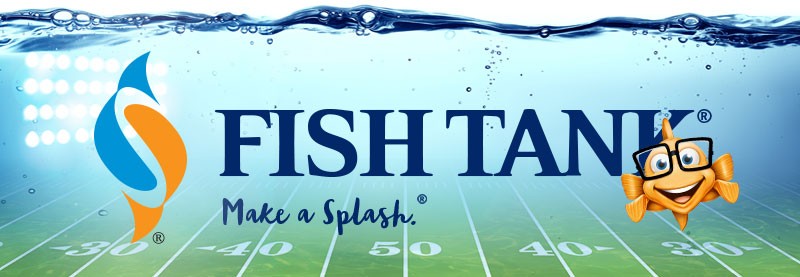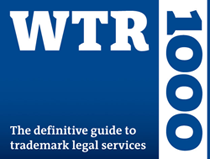Intellectual Property Insights from Fishman Stewart
Mini Article – Volume 22, Issue 12
Share on Social
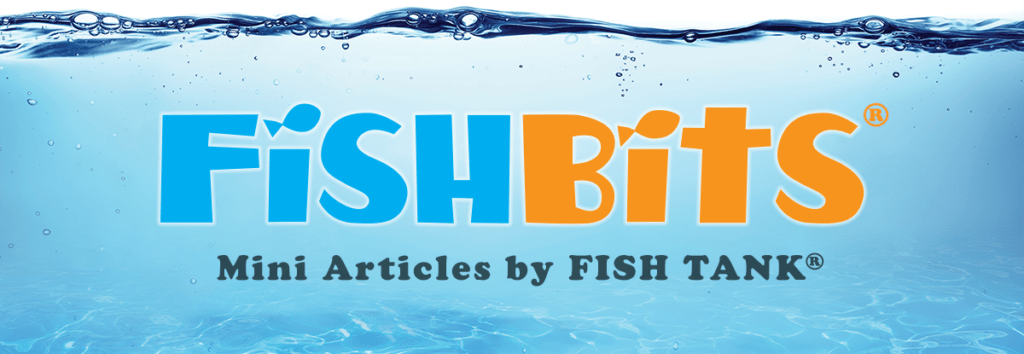
The Results are in on Amazon’s Ambitious Brand Enforcement Technology
Your brand is everything: an identity, a reputation, and a revenue-generating asset. One of the greatest threats to brands comes in the form of counterfeit products. Amazon is one of the largest sellers of fake goods—second only to eBay. In response to widespread criticism regarding the proliferation of fake goods sold via its online marketplaces, Amazon developed initiatives that brand owners can utilize to better protect their brands and that cut down on the sale of counterfeit products. These initiatives include Amazon’s Brand Registry, IP Accelerator, Project Zero, Transparency, and Patent Evaluation Express.
Recently, Amazon published its second annual Brand Protection Report, compiling the results of the various initiatives that were implemented to reduce intellectual property abuse across its site. According to the report, in 2021, Amazon invested more than $900 million and employed more than 12,000 people including machine learning scientists, software developers, and expert investigators who were dedicated to protecting customers, brands, selling partners, and the Amazon storefronts from counterfeit, fraud, and other forms of abuse.
Further, Amazon reported that over 3 million counterfeit products were seized in 2021. The counterfeit products included goods distributed into Amazon’s fulfilment network and those detained via warehouse and facility raids in collaboration with brand owners and law enforcement. Additionally, Amazon’s Counterfeit Crimes Unit increased the number of criminal proceedings that it initiated by 300%, suing or referring more than 600 criminals for investigation by authorities in the United States, China, Europe, and the United Kingdom.
Enrollment in Amazon’s Brand Registry and Project Zero also increased. For instance, the total number of brands enrolled in Brand Registry increased 40% with the number of enrolled brands growing from over 500,000 to over 700,000, and the total number of brands enrolled in Project Zero increased 11% with the number of enrolled brands exceeding 20,000.
It is a positive sign that the initiatives implemented by Amazon to reduce the sale of counterfeit products appear to be making an impact. However, counterfeiting is far too profitable a venture to disappear altogether, and in a global economy where more and more transactions occur via online marketplaces, brand owners must be vigilant to protect their brands. So, for companies that are looking to sell their goods on Amazon, these initiatives are a cost-effective and expedient way to reduce damages that may come from sales of counterfeit goods.
For more information on how to fight counterfeiters on Amazon, see our white paper on the subject.
Published June 17, 2022
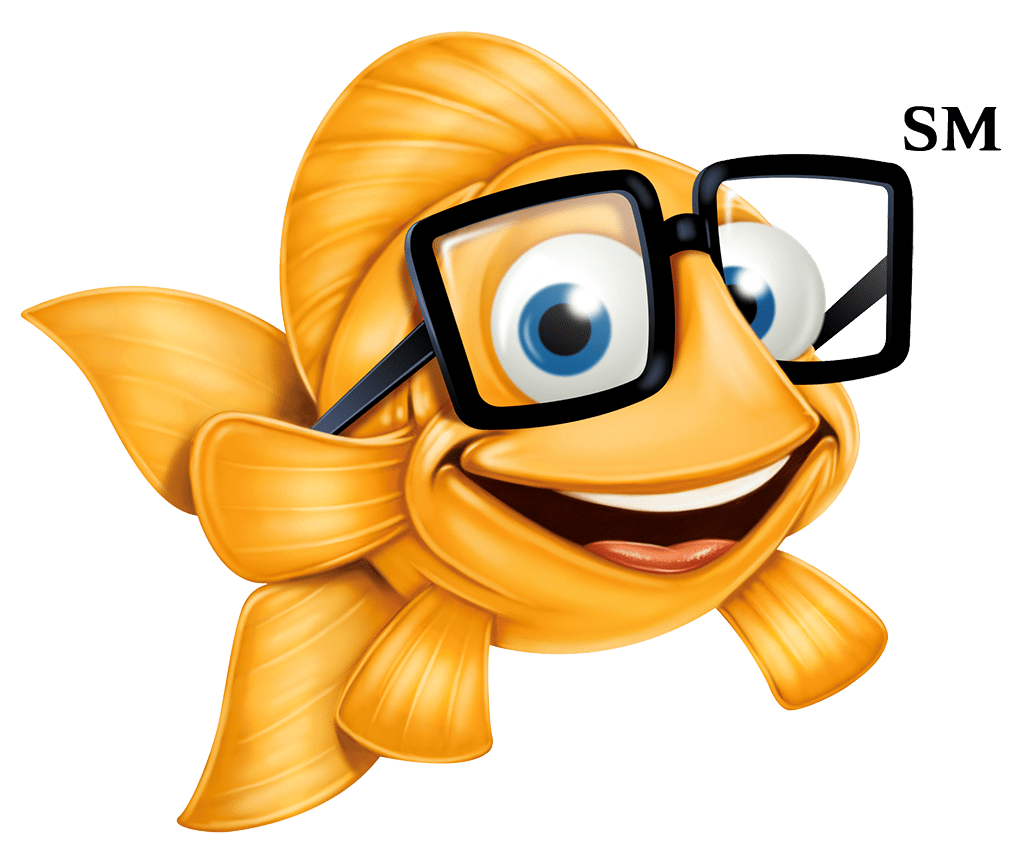

Related Content from Fishman Stewart
In a recent decision, the U.S. Court of Appeal for the Eighth Circuit affirmed a jury verdict holding that the use of the "Success Kid" meme by a congressman's reelection campaign for fundraising purposes did not qualify as fair use.
In February 2024, proposed legislation was introduced in US House of Representatives which would extend copyright protection to golf courses. The bill is titled “Bolstering Intellectual Rights against Digital Infringement Enhancement Act” or the “BIRDIE Act”.
June is Pride Month, which honors the 1969 Stonewall Uprising in Manhattan and recognizes the impact that lesbian, gay, bisexual, and transgender (LGBTQ+) individuals have had on history locally, nationally, and internationally. The United States Patent and Trademark Office flies the Pride Flag and promotes the Pride community’s contributions with programming offered annually.
June is Pride Month. This year we are celebrating with some IP tips for drag performers! Drag performers can protect their intellectual property by registering the copyrights in their original works of music, choreography, and comedy sketches.
You’re rarely more than a few yards from Finny’s favorite chips, semiconductor chips to be precise. But what exactly is a semiconductor chip?
"May the 4th Be With You," also known as Star Wars Day, takes place annually on May 4th. The phrase is a pun on the iconic Star Wars catchphrase "May the Force be with you."
First, a big “thank you” to all our readers who have given feedback on our newsletter. We appreciate your interest and insights. It is always a treat to hear from you! Second, we wanted to provide you with updates on some of our most popular articles
“Palworld”— a computer game created and published by Japanese developer Pocket Pair. Released as an early access game in January 2024, it sold over seven million copies on the computer platform Steam in the first five days and had nearly 20 million players in the first two weeks.
This year’s Super Bowl featured a thrilling overtime victory for the Kansas City Chiefs over the San Francisco 49ers. With estimates as high as 123 million viewers, America's premier sporting event also serves as a grand stage for creativity and intellectual property protections that enhance the game’s success.
Valentine’s Day is just around the corner and jewelry sales are usually around $6 billion USD in the United States alone. In 2021, the US Customs and Border Protection agency seized over $1 billion USD worth of counterfeit pieces of jewelry.
IDENTIFYING, SECURING AND ADVANCING CREATIVITY®
